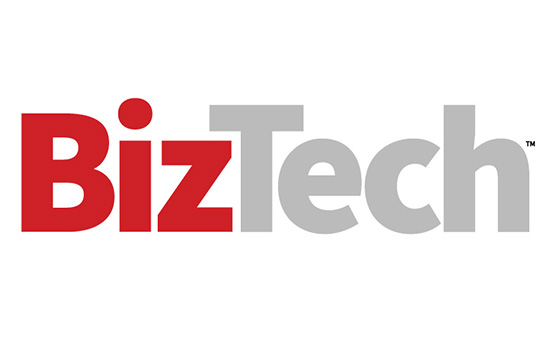How To Collect Data From the Software You Already Have
The idea of data-driven decision-making is hardly new for businesses of any size, and it’s not just business owners who understand the impact solid data analytics can have. Technology vendors understand this too, and have outfitted their tools with features that make data easier to get your arms around — if you know how to use them.
For Microsoft 365 users, Microsoft Forms assists in helping collect data in a more coherent fashion through custom surveys and other form fills and data visualization. Microsoft SharePoint helps secure and share that data, and Microsoft Power Apps allows SMBs to build custom tools to collect, interpret and bring data together in one place with the help of artificial intelligence. Then there’s Microsoft Power BI, a tool that is not included in Microsoft 365 but still pairs easily with other Microsoft tools to produce more powerful data insights.
Similarly, Google Workspace users can collect data from the entire suite of Google tools, including Docs, Sheets, Calendar, Gmail and more. Stores of data can later be kept in Google Vault, and Google Looker is a business insights platform that interprets and analyzes the data that’s collected with the help of AI.
And both Microsoft and Google can pair well with third-party BI solutions, and customer relationship management tools can collect a wealth of data, although not always in an easily understandable or easy-to-interpret fashion.
DIVE DEEPER: Find out how to take advantage of powerful data insights.
Using Built-In Analytics To Drive Performance and Make Faster Decisions
AI has had a big impact — or, at least, has promised to have a big impact — on just about everything a small business does. In data analytics, AI truly can have an enormous impact if data governance is set up correctly.
That’s because, today, SMBs are more likely to have too much data than too little. With that firehose of information pumping out insights about your website traffic, customer behavior, employee productivity and more, it can be extremely complicated and time-consuming to separate signal from noise.
In the face of these mountains of data, AI tools quickly categorize data and produce insights in real time, something that’s never been more important than in today’s rapidly evolving business environments. AI tools can also offer predictive analytics — assessing customer behavior patterns and attempting to predict the future, allowing SMB owners to pivot strategies before things go too far down an unprofitable path.
WATCH: Find out why data governance is the foundation of data protection.
Best Practices for Secure Data Storage and Access Controls
Once all of that data is collected and analyzed and insights are produced, that information immediately becomes quite valuable. And, like with any valuable thing SMBs possess, it’s vital to secure it.
Whether data is being stored on-premises or in the cloud, strong data storage and access controls are key to keeping it safe. Multifactor authentication is essential to ensure employees are the only ones able to get onto your network, and advanced identity tools such as role-based access controls can further limit who on your team has access to certain information.











